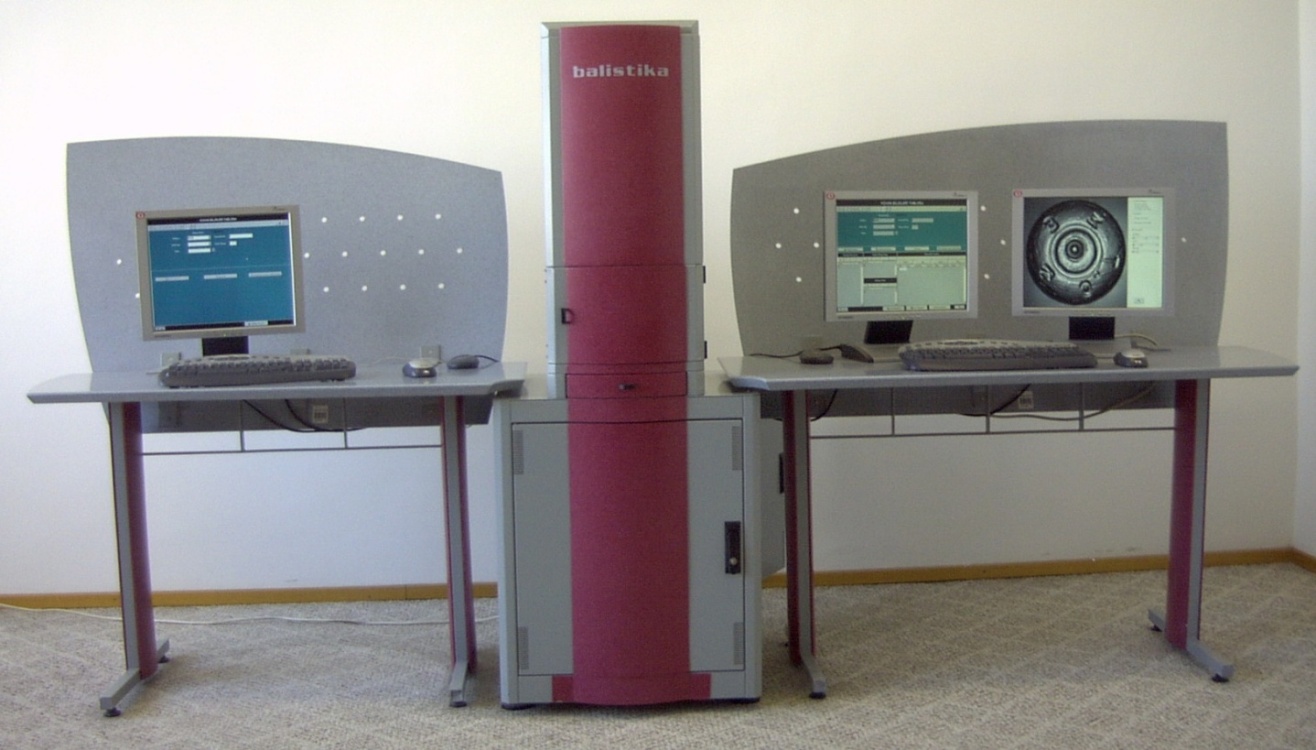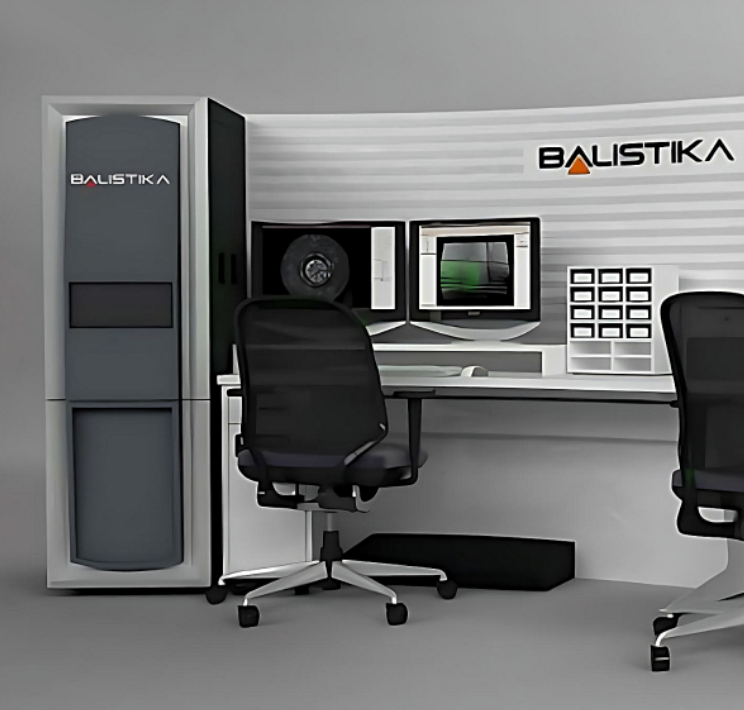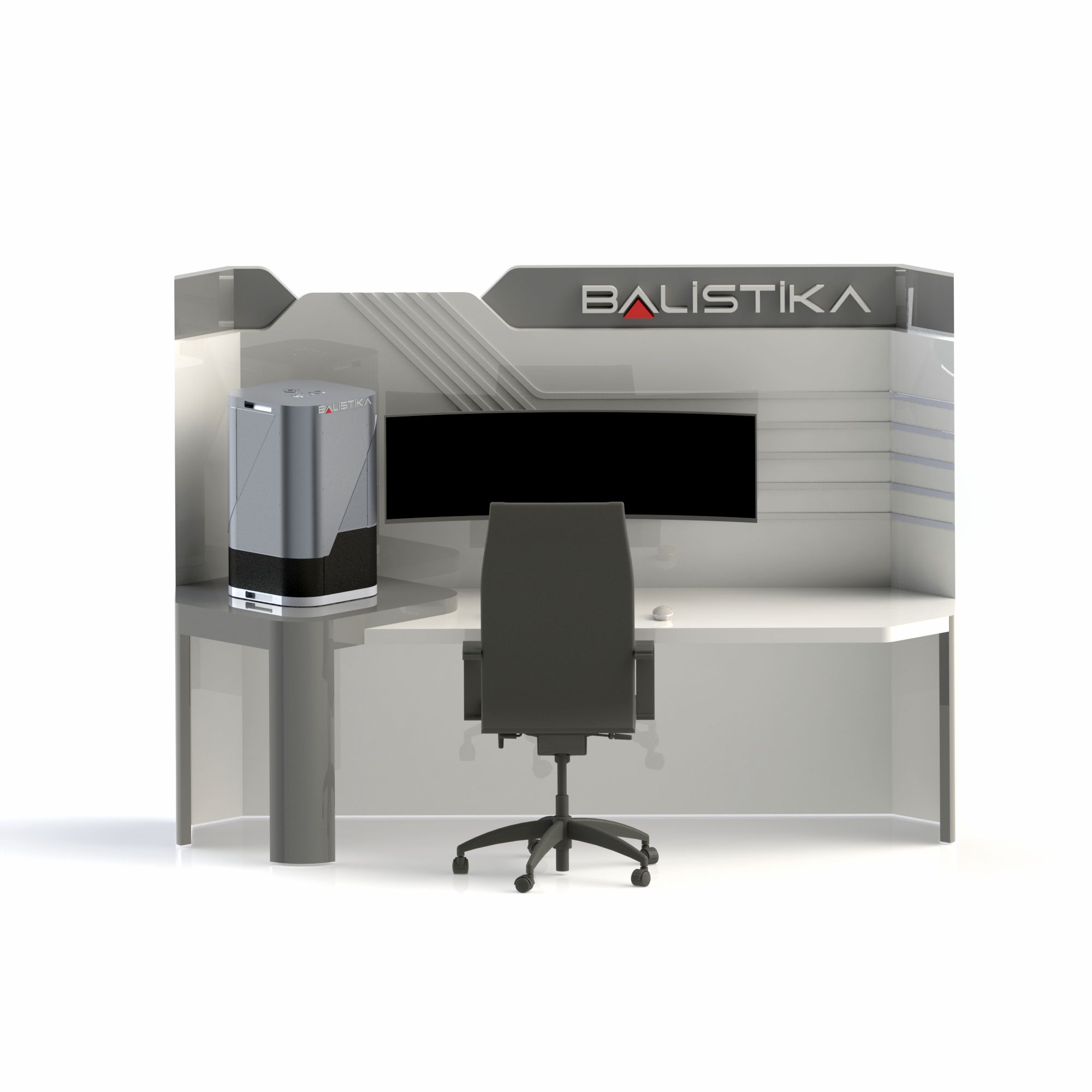
First Generation
The first studies for the BALİSTİKA® system date back to 1995. Development studies began in cooperation with the Gendarmerie General Command (JKDB). This system, which was semi-automatic, worked on two-dimensional images. The user marked the traces through an interface. According to these marks, the system automatically compared and presented the most similar ones to the user. Although this system met a need, it was thought that more capable systems needed to be developed. The main motivation was to move away from an operator-based system.


